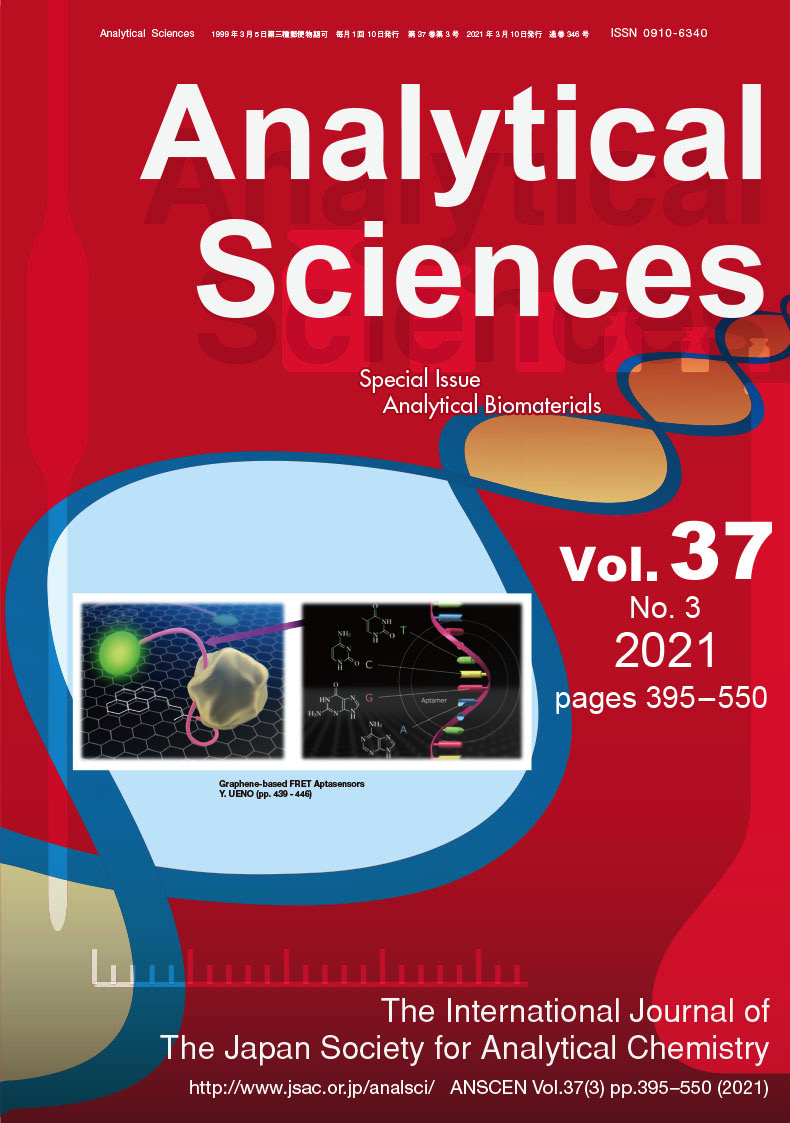An optimised and validated surrogate analyte A-TEEM–PARAFAC–PLS technique for detecting and quantifying the biological oxygen demand in surface water
Abstract
A 5-day test duration makes BOD5 measurement unsatisfactory and hinders the development of a quick technique. Protein-like fluorescence peaks show a strong correlation between the BOD characteristics and the fluorescence intensities. For identifying and measuring BOD in surface water, a simultaneous absorbance–transmittance and fluorescence excitation–emission matrices (A-TEEM) method combined with PARAFAC (parallel factor) and PLS (partial least squares) analyses was developed using a tyrosine and tryptophan (tyr–trpt) mix as a surrogate analyte for BOD. The use of a surrogate analyte was decided upon due to lack of fluorescent BOD standards. Tyr–trpt mix standard solutions were added to surface water samples to prepare calibration and validation samples. PARAFAC analysis of excitation–emission matrices detected the tyr–trpt mix in surface water. PLS modelling demonstrated significant linearity (R2 = 0.991) between the predicted and measured tyr–trypt mix concentrations, and accuracy and robustness were all acceptable per the ICH Q2 (R2) and ASTM multivariate calibration/validation procedures guidelines. Based on a suitable and workable surrogate analyte method, these results imply that BOD can be detected and quantified using the A-TEEM–PARAFAC–PLS method. Very positive comparability between tyr–trypt mix concentrations was found, suggesting that tyr–trypt mix might eventually take the place of a BOD-based sampling protocol. Overall, this approach offers a novel tool that can be quickly applied in water treatment plant settings and is a step in supporting the trend toward rapid BOD determination in waters. Further studies should demonstrate the wide application of the method using real wastewater samples from various water treatment facilities.
Graphical abstract


 求助内容:
求助内容: 应助结果提醒方式:
应助结果提醒方式:


